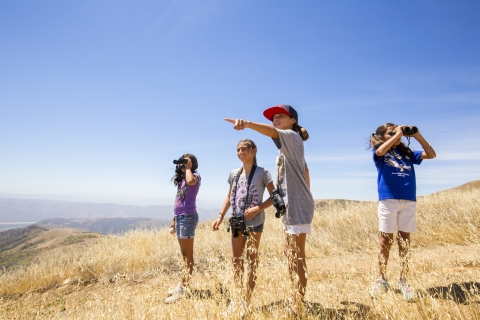Ways to get involved
What you can do:
there are a few simple steps you can take to help the California condor and its recovery:
- Never feed or approach a condor.
- Don't leave garbage or poisons such as antifreeze in the wild.
If you are a rancher or farmer:
- The Condor recovery program supports continued hunting and ranching as an important contributor to condor recovery by providing valuable sources for condor food.
- Please use non-lead ammunition if you hunt or put down animals, wild or domestic.
If you are a hunter:
- Use non-lead bullets, such as copper. Support the use of and research into alternatives to lead at home and in the field. - Report illegal shooting to the authorities.
If hunting with lead bullets outside of a non-lead area:
- Be sure of your shot and take your game with you, even small game and coyotes.
- Bury or cover the gut pile of field-dressed game to make it less accessible to scavengers.
CONNECT WITH THE CONDORS FRIENDS GROUP (links do not imply endorsement):
- Learn more about Friends of California Condors Wild and Free.
Want to see a condor?
Our partners host various cameras on the web that allow you to view condors at the captive breeding locations, release sites, and nesting (links do not imply endorsement).
Check out our condor cams:
- https://www.ventanaws.org/condor_cam.html
- https://www.allaboutbirds.org/cams/california-condor/#
- https://explore.org/livecams/condors/california-condors-redwood-grove
- https://sdzsafaripark.org/cams/condor-cam
- Yurok Condor Live Feed | Yurok Tribe
Did you observe a condor?
If you see a condor flying and you can clearly read its wing tag, you can report your observation to the Recovery Program. Follow-up with Condor Spotter webpage.





